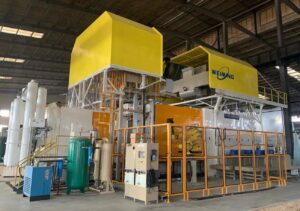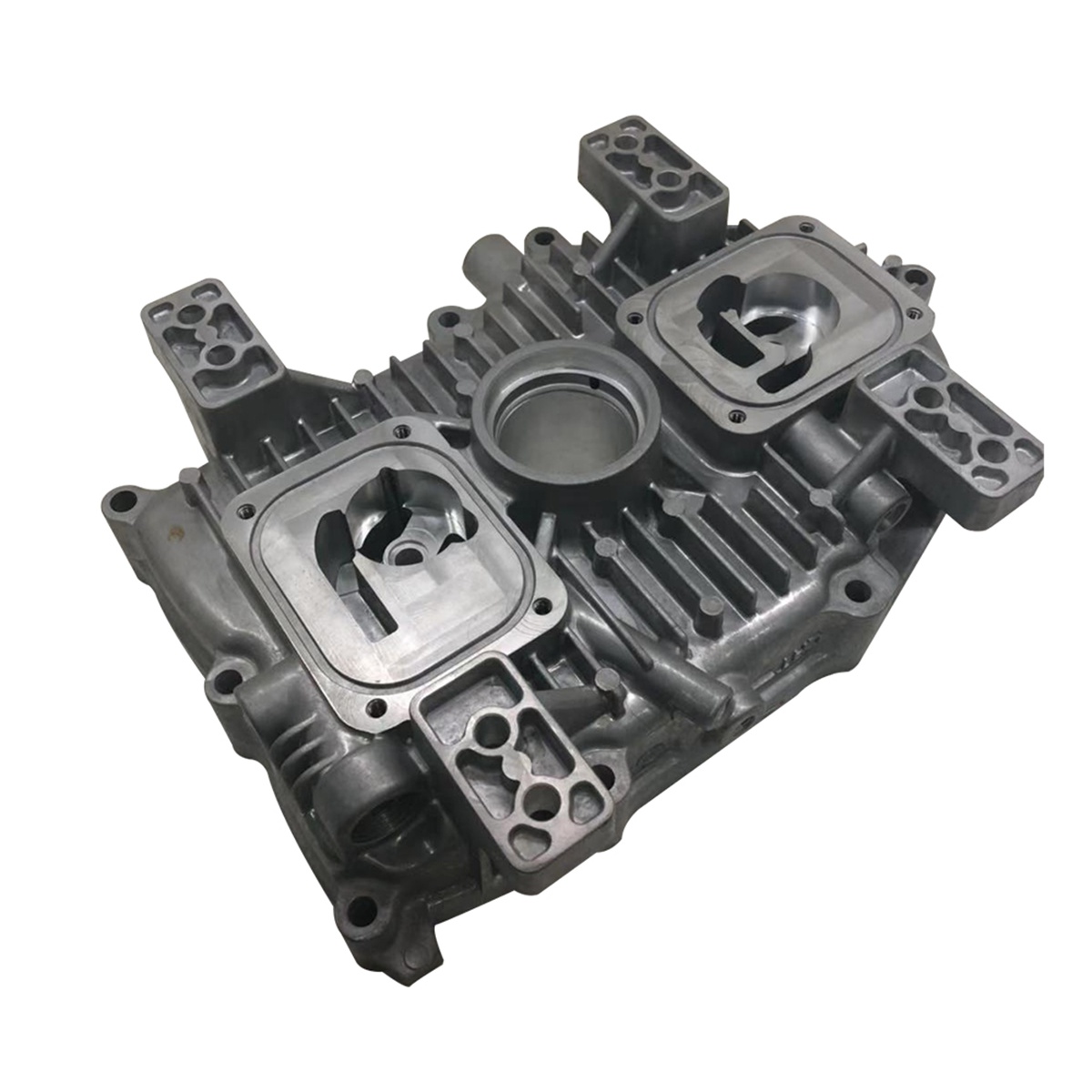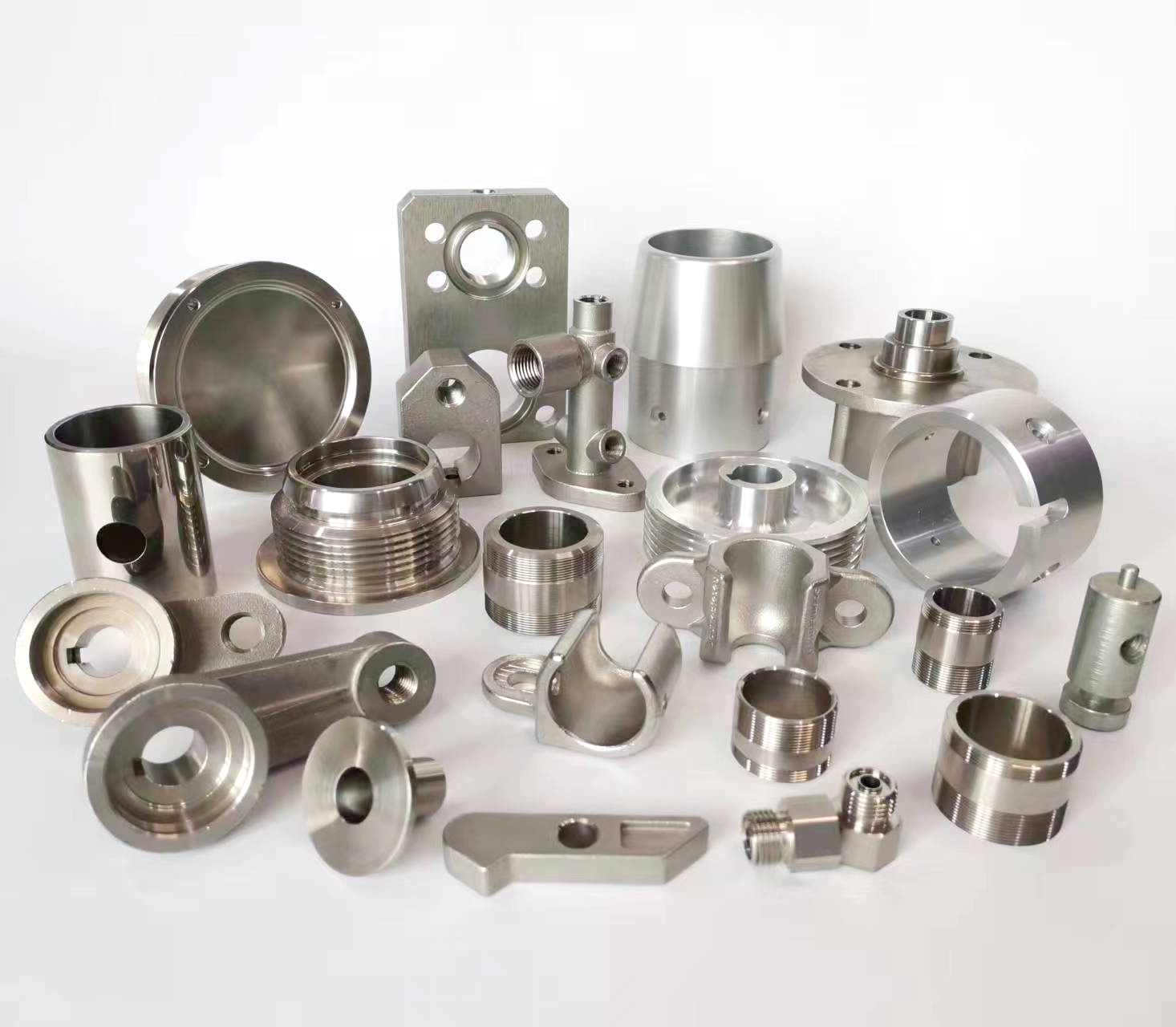The hot chamber machine’s injection mechanism is immersed in molten metal. The molten metal fills the cylinder when the piston rises, and the port opens. The molten metal is then forced into the die cavity and held under pressure until it solidifies.
Only one-half of the die contains the casting on the ejector side. The ejector pins pull the component out of the die as the plunger uncovers the filling hole for refilling the gooseneck.
Key Characteristics
The furnace is connected to the casting machine, which allows the molten material to be directly injected into the mold.
This processing works efficiently with metals with lower melting points, produces large volumes rapidly, and maintains equipment integrity. Because of its compatibility with the process, it is commonly utilized for zinc die casting.
Advantages of Hot Chamber Die Casting
Faster Cycle Times
By integrating the furnace and injection system, the molten metal is efficiently transferred at a rapid pace. This streamlined process increases production speed and enhances overall efficiency.
Longer Die Life
It helps reduce maintenance costs, wear and tear on dies, and their lifespan due to the lower temperatures of the molten metal.
A wider Range of Applicable Metals
This process offers flexibility for different applications and industries by accommodating a variety of metals, including magnesium and zinc alloys.
Improved Surface Finish
It creates parts with an improved surface finish that often do not require the need for additional finishing processes.
Simplified Process Control
The close connection between the furnace and the injection system helps maintain a constant temperature, leading to more uniform part production.
Disadvantages of Hot Chamber Die Casting
Limited to Lower Melting Point Metals
The hot chamber die casting process is limited to lower melting points for metals, restricting its use for materials like aluminum and copper that require high temperatures.
Potentially Lower Part Density
The components produced by hot chamber casting may have a potentially lower density compared to those made with cold chamber die casting. The lower density of parts could affect the mechanical properties and strength of the final products.
Choosing the Right Process: Cold Chamber vs. Hot Chamber Die Casting
To select the right die-casting procedure, it is crucial to consider several factors that depend on the properties of metals, production needs, and cost. Both cold and hot chamber castings vary in distinctive advantages and applications.
Key Considerations
Choosing the suitable casting methods requires a thorough understanding of the following key factors:
- Melting Points of the Material
- Desired Part Density
- Production Volume
- Cost Consideration
Melting Points of the Material
The melting temperature of the desired material plays an important role in selecting suitable casting techniques. Because a separate melting furnace is required for cold chamber die-casting, materials with high melting points such as aluminum, brass, and copper are ideal.
However, since these materials can be melted right in the casting machine, hot chamber die-casting is perfect for materials with lower melting points, like zinc and magnesium alloys.
Desired Part Density
Cold chamber die casting is typically preferred for producing parts that require high density and strength with specific mechanical properties. This process can achieve greater part density than chamber casting.
Production Volume
The anticipated production volumes depend on both die casting techniques. Cold chamber die casting offers excellent repeatability and precision, which makes it preferable for large-volume production of complex parts. Conversely, hot chamber die casting is suitable for lower-volume runs.
Cost Consideration
The hot chamber die-casting method can be a cost-effective option for smaller runs or less complex parts because of its faster and simpler setups. Cold die casting involves high initial costs due to more complex types of equipment and longer cycle times. However, this can be more economical for large-scale production.






